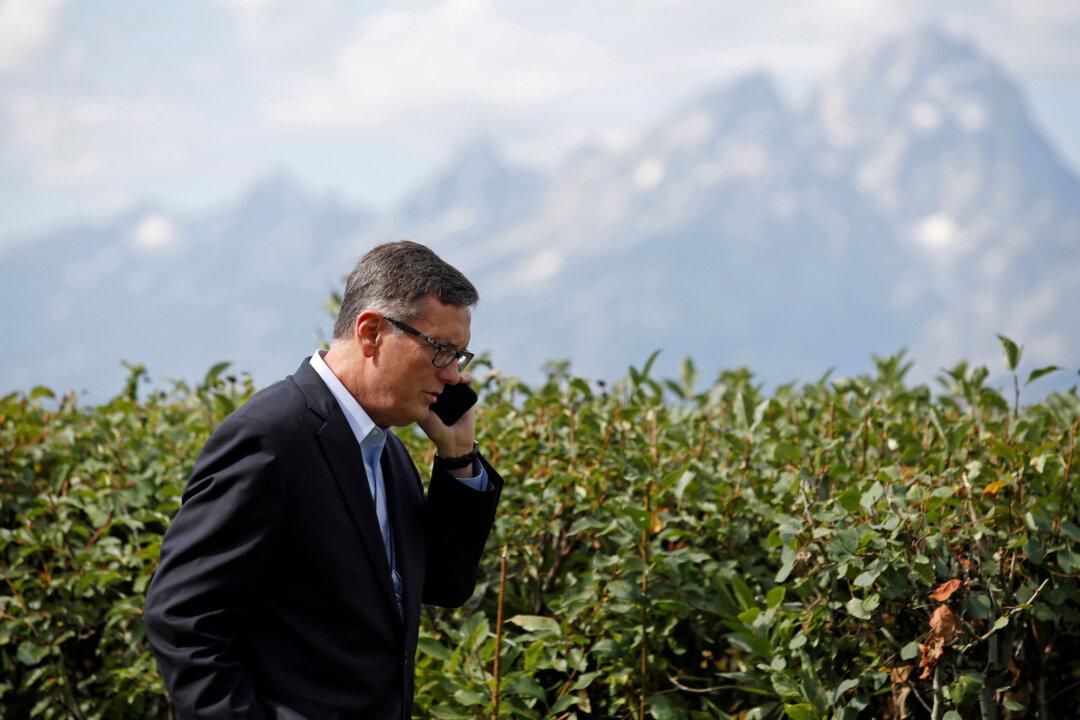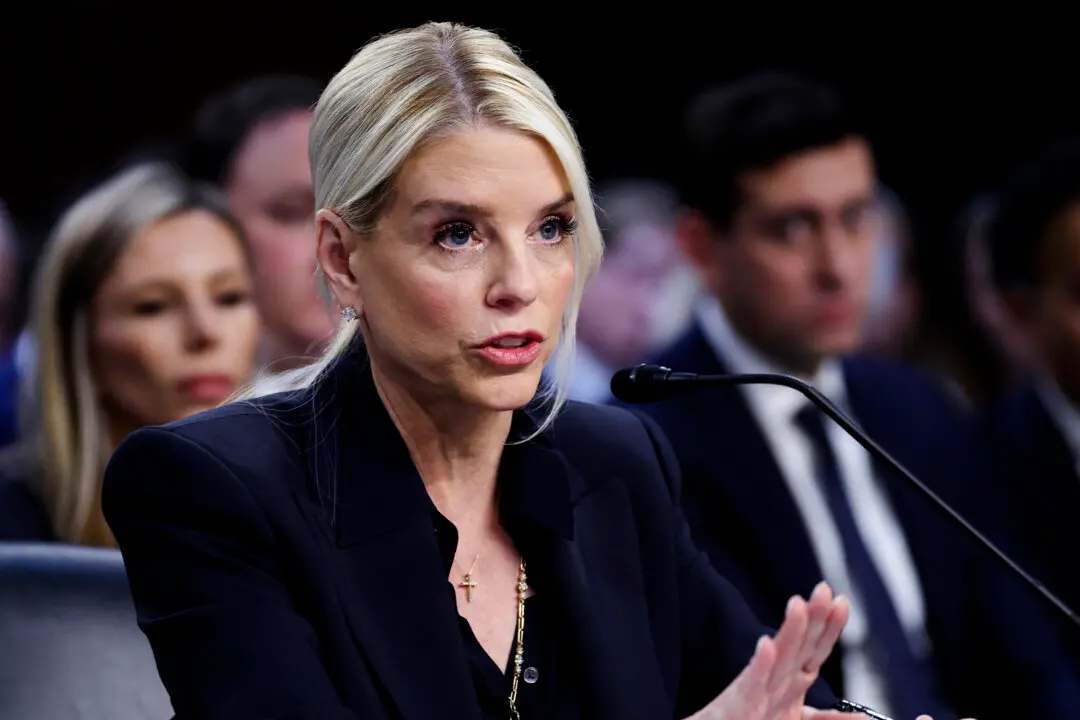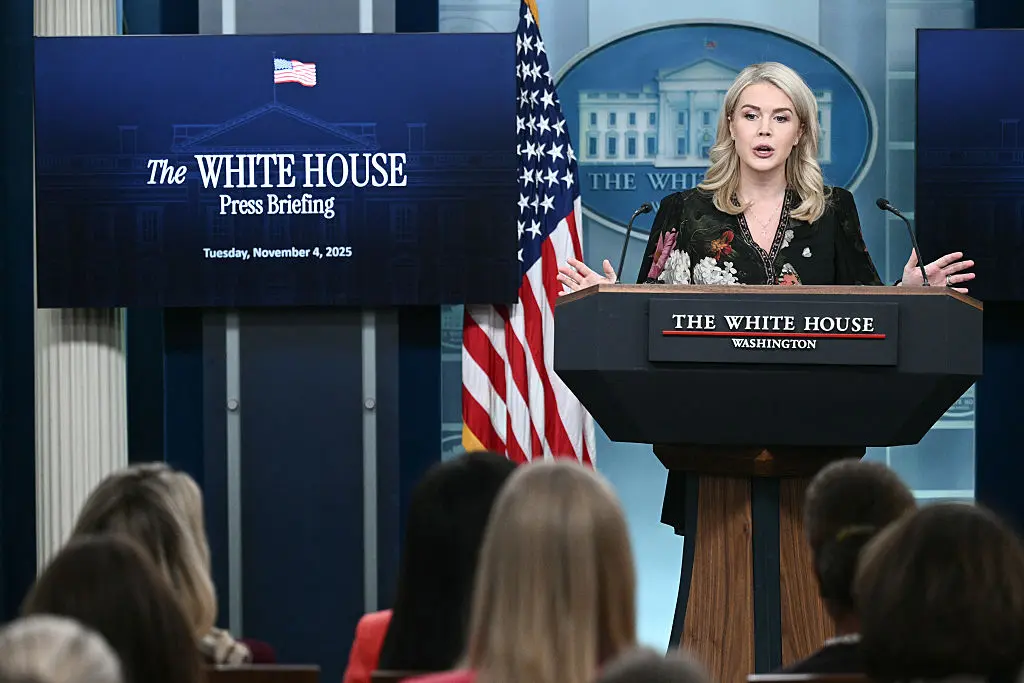Federal Reserve Vice Chair Richard Clarida said on Tuesday that the central bank is “closely monitoring” the impact of the coronavirus epidemic on the U.S. economy but that it is too soon to say if it will lead to a “material change” in the economic outlook, the Fed’s oft-repeated criterion for a potential interest rate cut.
“We are closely monitoring the emergence of the coronavirus...” Clarida said in prepared remarks at the National Association for Business Economics conference in Washington. “But it is still too soon to even speculate about either the size or the persistence of these effects, or whether they will lead to a material change in the outlook.”





